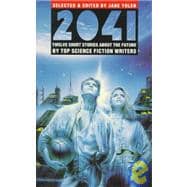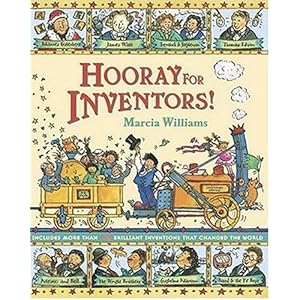 145th Street: short stories
145th Street: short storiesby Walter Dean Meyers
I loved Walter Dean Meyers novels when I was in junior high so I was very excited to see that he had a collection of short stories. As a reader I enjoyed every story in the book, but as a fifth grade teacher I quickly noticed that not everyone was appropriate for fifth graders. They are just too intense. Most of the stories would be a better fit for middle or high school but there were three stories I could see reading to my students.
In "Kitty and Mack: A Love Story," Kitty never gives up on Mack even after Mack gives up on himself. Mack was a superstar athlete and Kitty was his smart girlfriend. After Mack gets hurt, and his athletic career ends, he gives up on himself and on his relationship with Kitty. Kitty doesn't and you won't believe how hard she tries to get Mack back on his feet.
Patrolman O'Brien, who lives in the pleasant suburbs, walks the beat in tough Harlem in the short story "A Christmas Story." Despite his desire to keep his home life and work life separate he develops an unlikely friendship with Mother Fletcher. When Mrs. O'Brien and her daughter find out that Mother Fletcher has invited them to Christmas dinner, they demand to go. At the dinner, Patrolman O'Brien learns that Christmas is celebrated where he lives and where he works.
In "Block Party-145th Street Style," everyone is supposed to be having a good time and enjoying free food. Then Peaches gets into it with JT for being a trouble maker and he leaves without any food. After cooling down, she decides to take some food up to him in his apartment. What she discovers changes her opinion about JT and what she does will change your opinion of Peaches.


